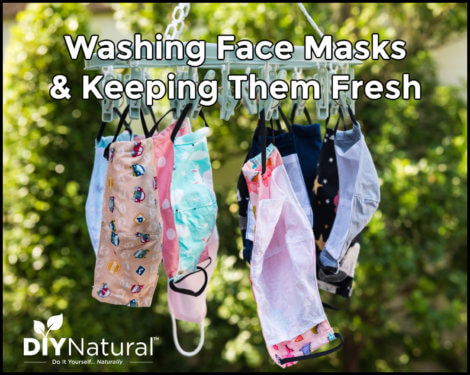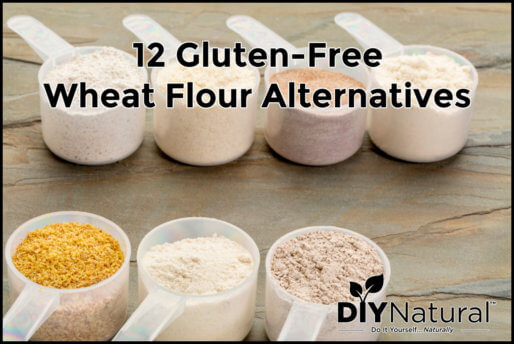
Growing crystals is a fun learning experience, for kids and adults. Learn how to grow crystals that are large, small, in different colors and shapes, and even in geode formations!
Keeping kids busy during summer vacation can be a chore, sometimes even a full time job! Most families head out for road trips, go camping, or try fun projects. Here’s one the kids, and you, will love!
Growing Crystals In Different shapes
Growing crystals is a fun learning experience, for kids or anyone. I was a geology major in college and getting to see how crystals grow was a real treat.
Note: another great project for kids is homemade playdough!
With this project, you can grow smaller crystals, like druzy quartz, larger crystals like amethyst, or shapes like trees or stars. You can even make geodes! You also have color options ranging from clear to deep red like garnets, or pale yellow like onyx.
How to Grow Crystals
You can buy the ingredients to make crystals at any grocery or hardware store, and also online. Many items you may already have in your home.
Ingredients and Supplies for Growing Crystals
- borax
- hot water
- large glass jar, like a wide mouth canning jar
- string, pipe cleaners, or other base object
- food coloring
- spoon
- wooden dowel
- old towel
- gloves, optional
Depending on how you want your project to look, there are several alternatives to string. Pipe cleaners can be formed into any shape. You can also use egg shells for a geode look, or use a jar lid to make a candle holder. When this project is done, you can use it for almost anything except food contact.
Process for Growing Crystals
First, cover your work area with newspaper to make clean-up easier. Put on optional gloves. (Borax, or sodium tetraborate, is a salt derivative and may dry out hands.)
Next, boil water and add to your jar. The hotter the water is kept, the more borax you can get into it. (You may want to set your jar full of water into a pot of hot water.) Begin stirring in a spoonful of borax, stirring until it dissolves completely. There should not be any floating around or sitting on the bottom. Once dissolved, stir in some more borax. Continue doing this until it’s no longer dissolving well. You can reheat the water to see if it’ll accept more. Once you get as much in as you can, add food coloring. You can add as much or as little as you like. The crystals will be a bit lighter than your water, so go a bit darker than you want.
To make larger crystals, dip your towel in hot water. Wring it out well and wrap it around the jar. This will allow the water to cool slowly and make the crystals grow larger, much like rock crystals grow. If you want smaller crystals, you don’t need to do anything different.
Next, lower your string or pipe cleaner into the solution. To suspend it, tie it to the dowel and place the dowel across the top of the jar. For geodes, place it on the bottom of the jar. Make sure you stir it a bit so all the trapped air bubbles are released. You can cover it with an old washcloth to keep dust out.
Watching Crystals Grow
Now, you wait. While it is possible to actually watch the crystals grow, it may take hours, or even overnight. You can come back to your project after a few hours and check on the progress. Once crystals are the size you want, you can pull it out and let it dry.
If you want your project to have layers of color, you can pull it out at any point, let it dry, and then dip it into another color solution. The new crystals will grow right over the older ones. This works great for simulated agates or amethyst.
Preserving Homemade Crystals
Since borax is a salt, it can attract moisture from the air, eventually turning your art into a soupy mess. So once your crystals are finished and have dried completely, you can spray them with a clear coat of acrylic, varnish, or any other liquid made to preserve wood or metal.
I’ve seen this DIY crystal process used on artificial flowers for a different look, a small bowl to make a candle holder, old shoes or books for artwork, and even Christmas ornaments.
Have you ever tried growing crystals? If so, share some of the ways you were creative with this project!
*******




I grew stalactites with Epsom salt and a sting, I saw it on Mr. Wizard. Could you use Epsom salts?
I’ve never tried Epsom salts, Jessica, but I don’t see why not. You can also use sugar to make sugar sticks. They are what rock candy is. I would think that anything that has a crystal form would work.
You can also use copper sulfate/sulphate and get bright blue crystals. I make these as a kid, it was fun. Although I don’t remember needing any string or pipe-cleaners. You just need to leave a super-saturated solution of water and the copper sulfate out so that the water evaporates. The crystals automatically grow.
Thanks Danielle! This I didn’t know. I use copper sulfate as a natural fungicide. I’m going to have to try it!
Just one correction: onyx is BLACK, not yellow.
AMBER is a yellow color.
A correction for Carol: onyx can be black, it can be red, it can actually be flesh tones with shades of yellow and white. Debra, who has majored in geology should know in a little bit of what she’s talking about, so Debra is correct. Thank you anyway Carol for your input….it was very judgmental of you.
Looks amazing! Never heard of it.
I hadn’t either, Greet, until I was looking for ways to use the borax I had. It looked like so much fun that I tried it and loved it!